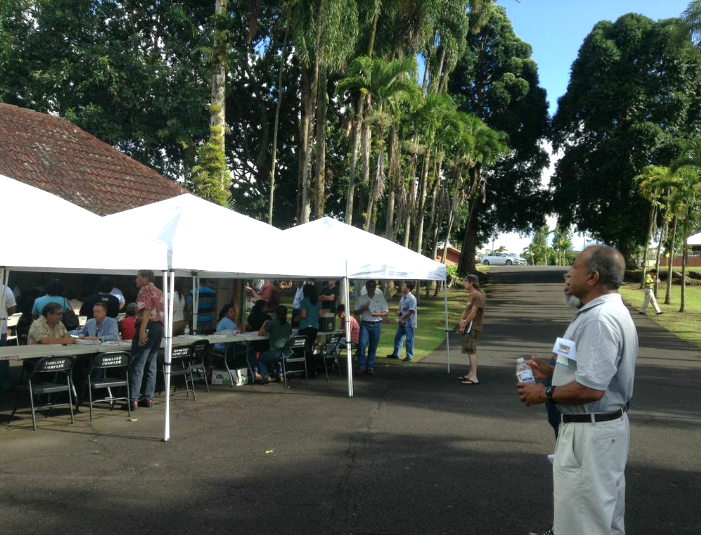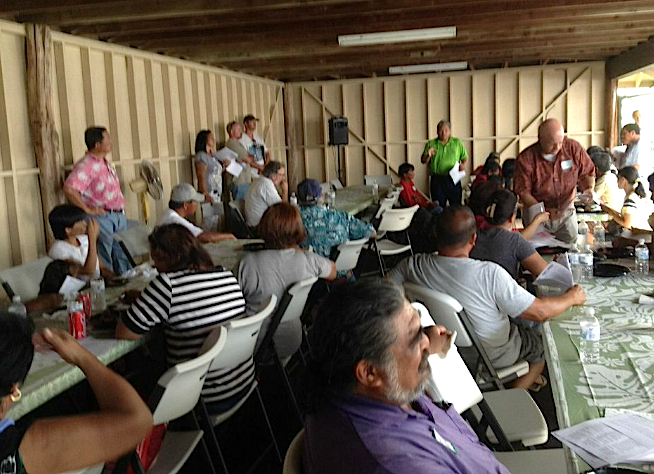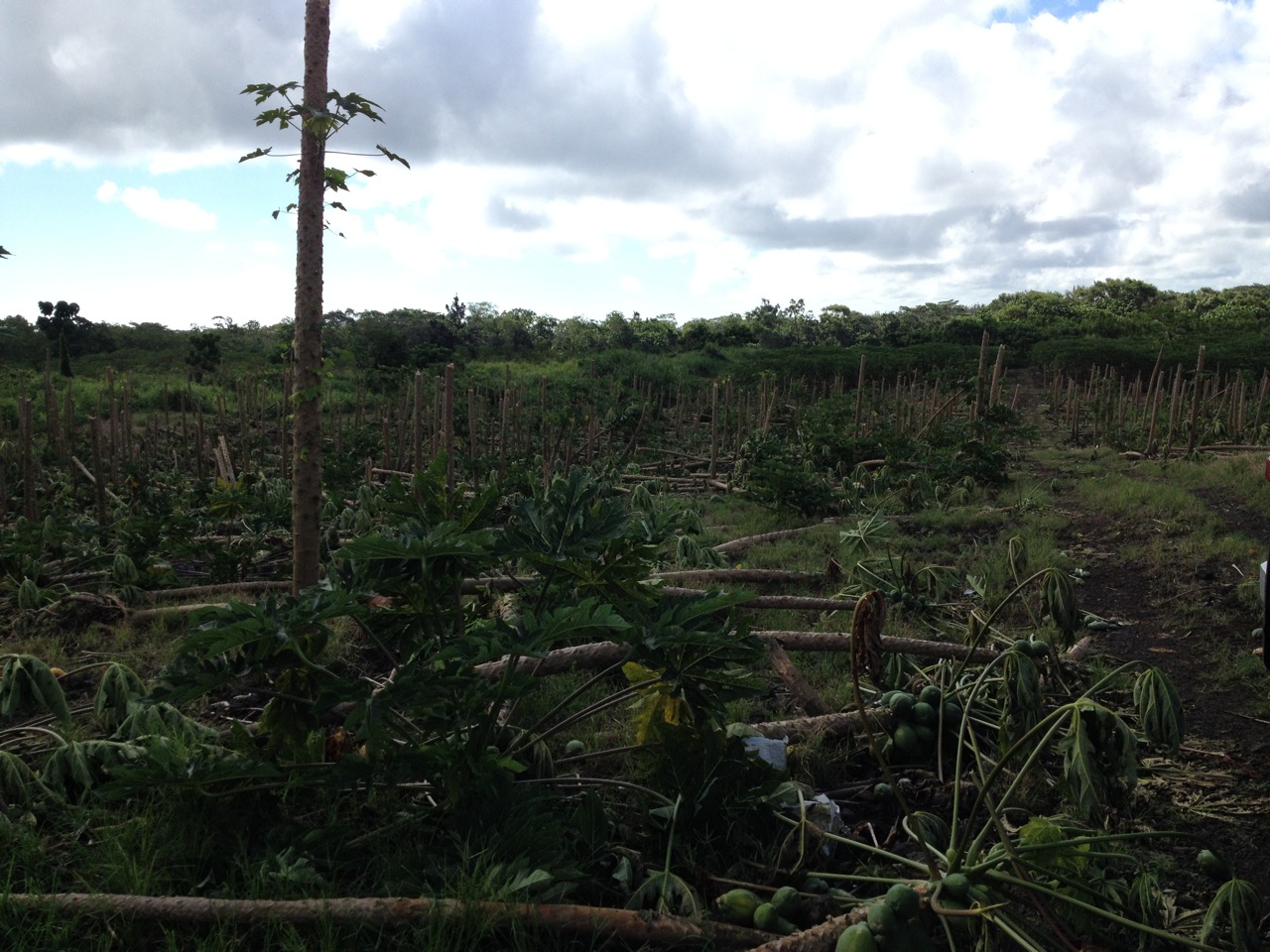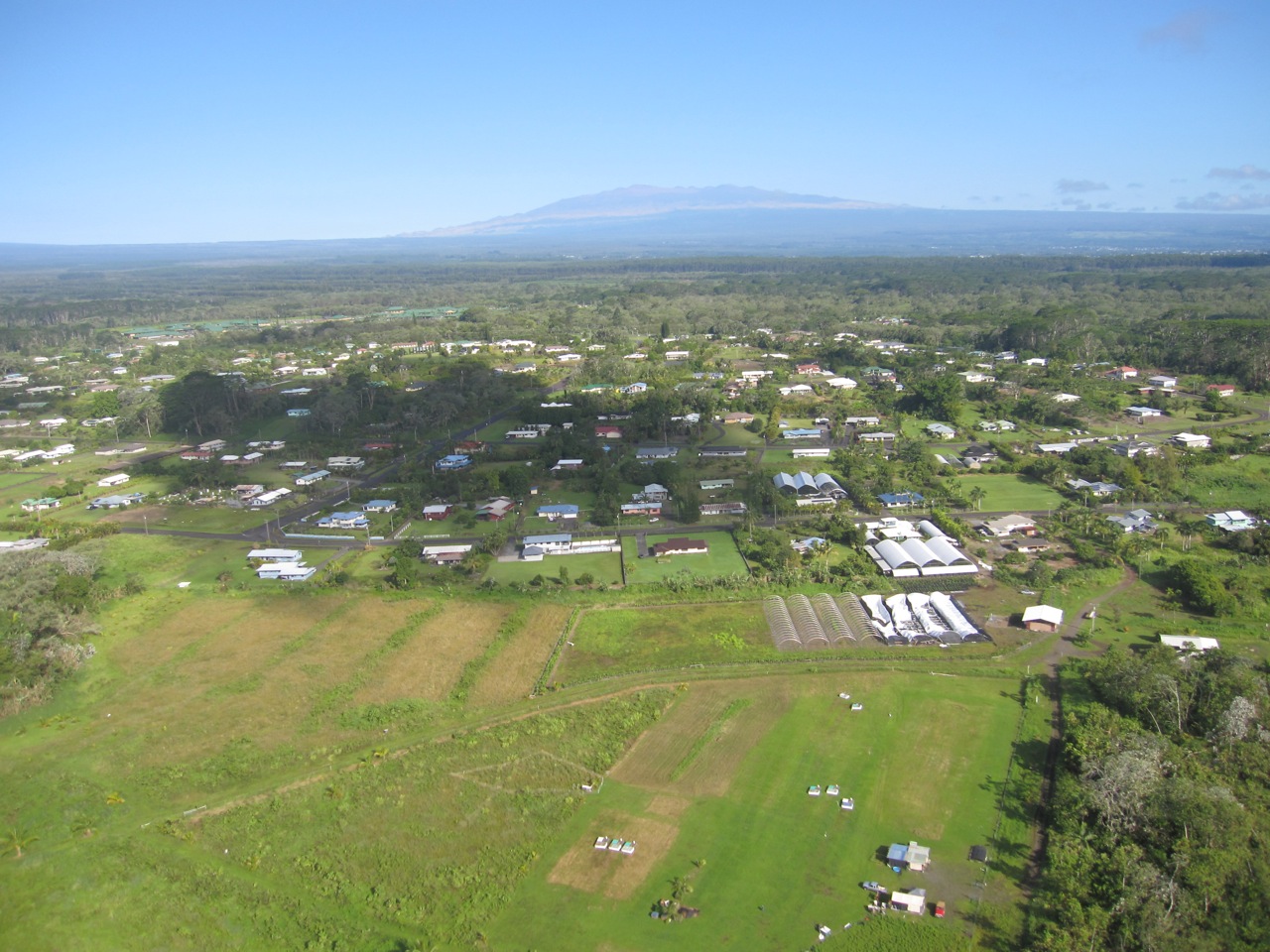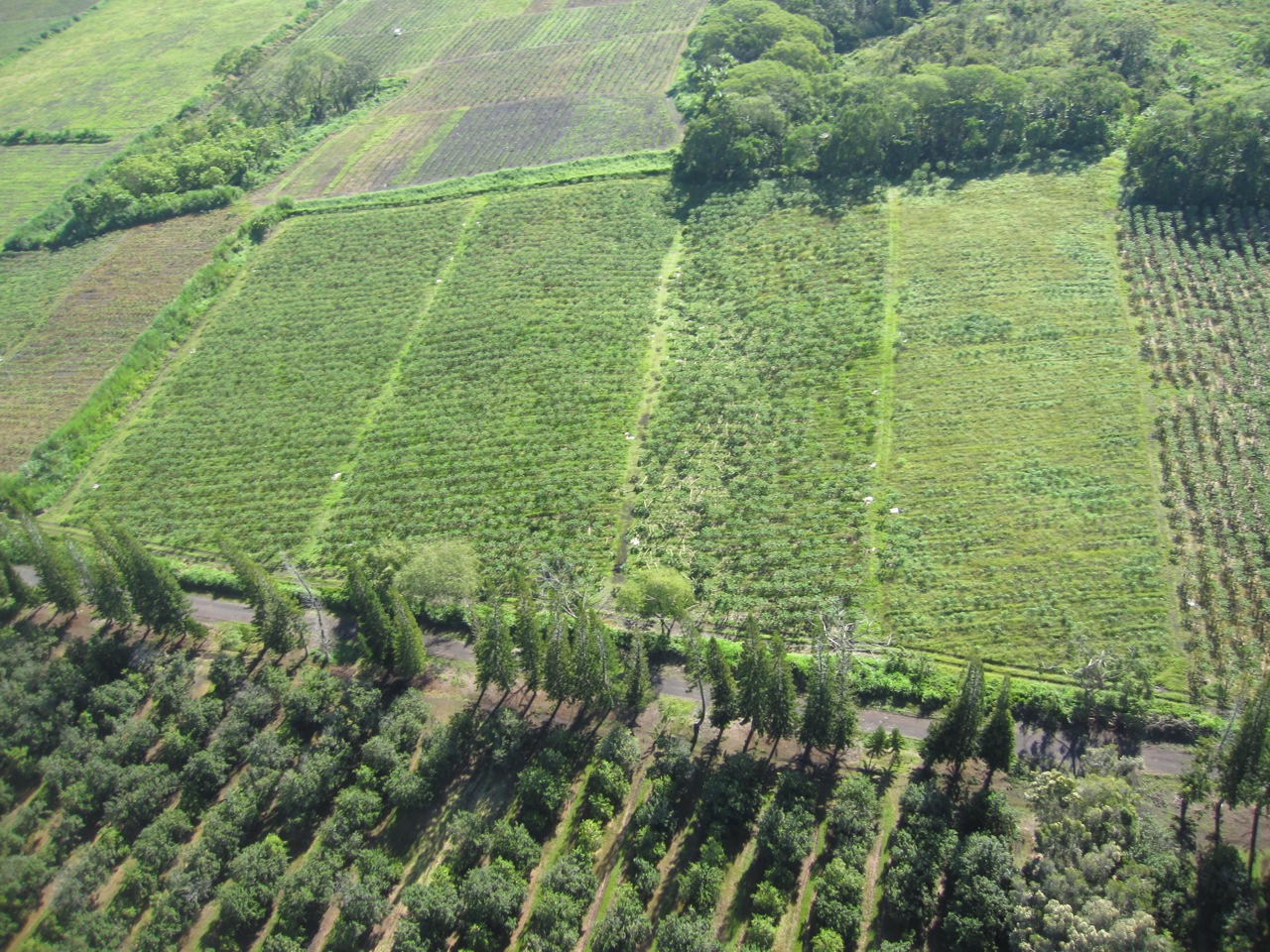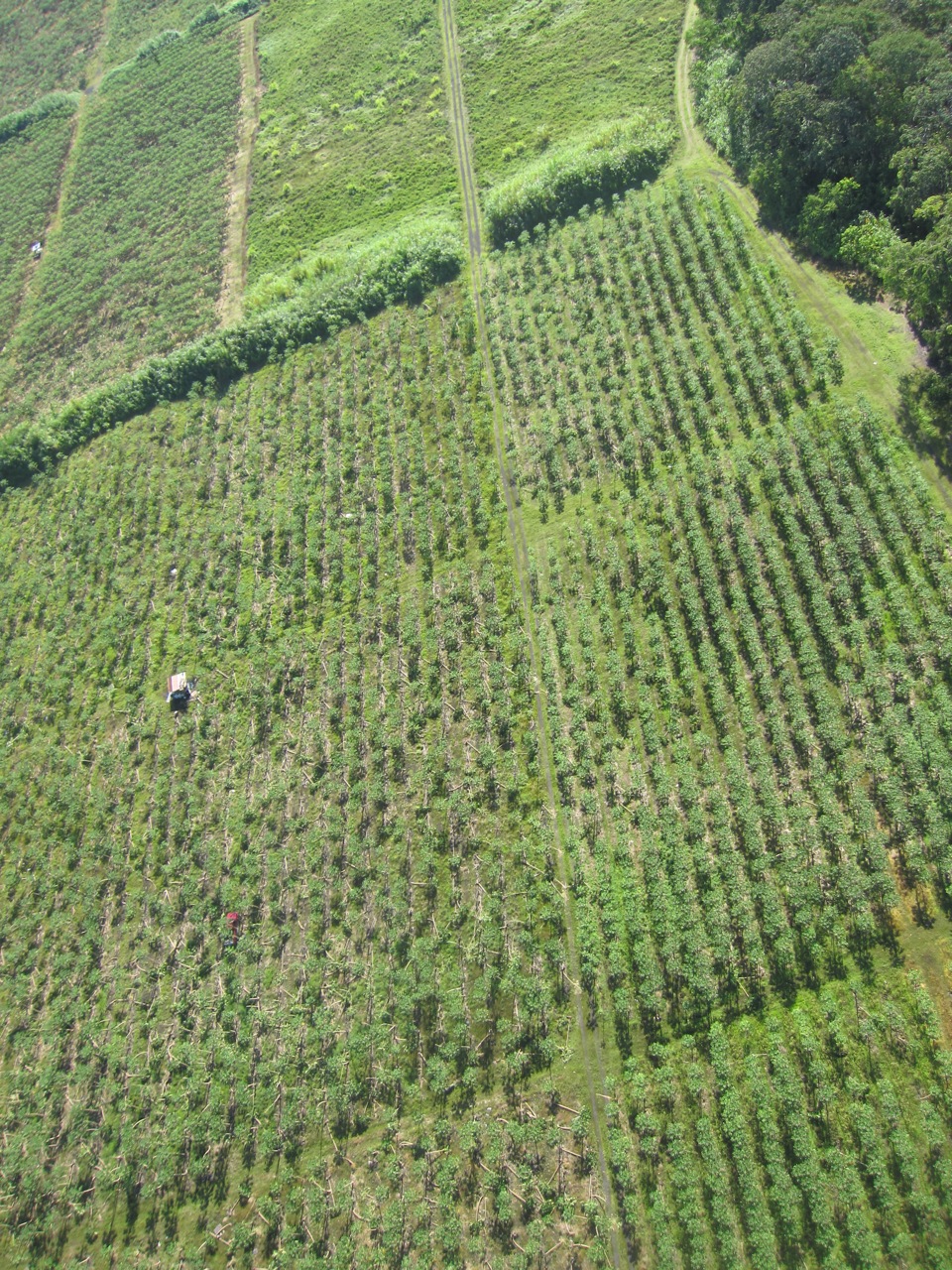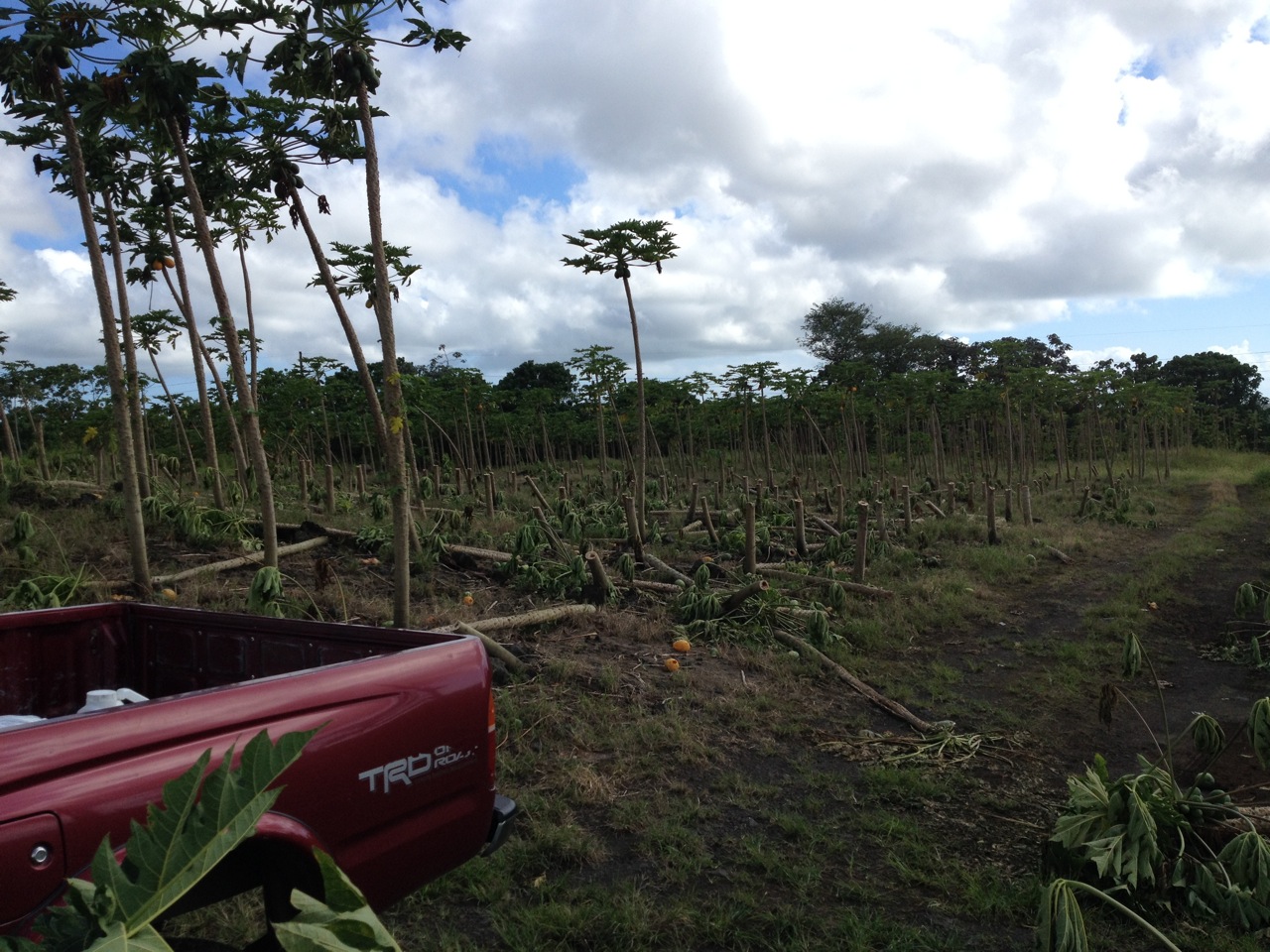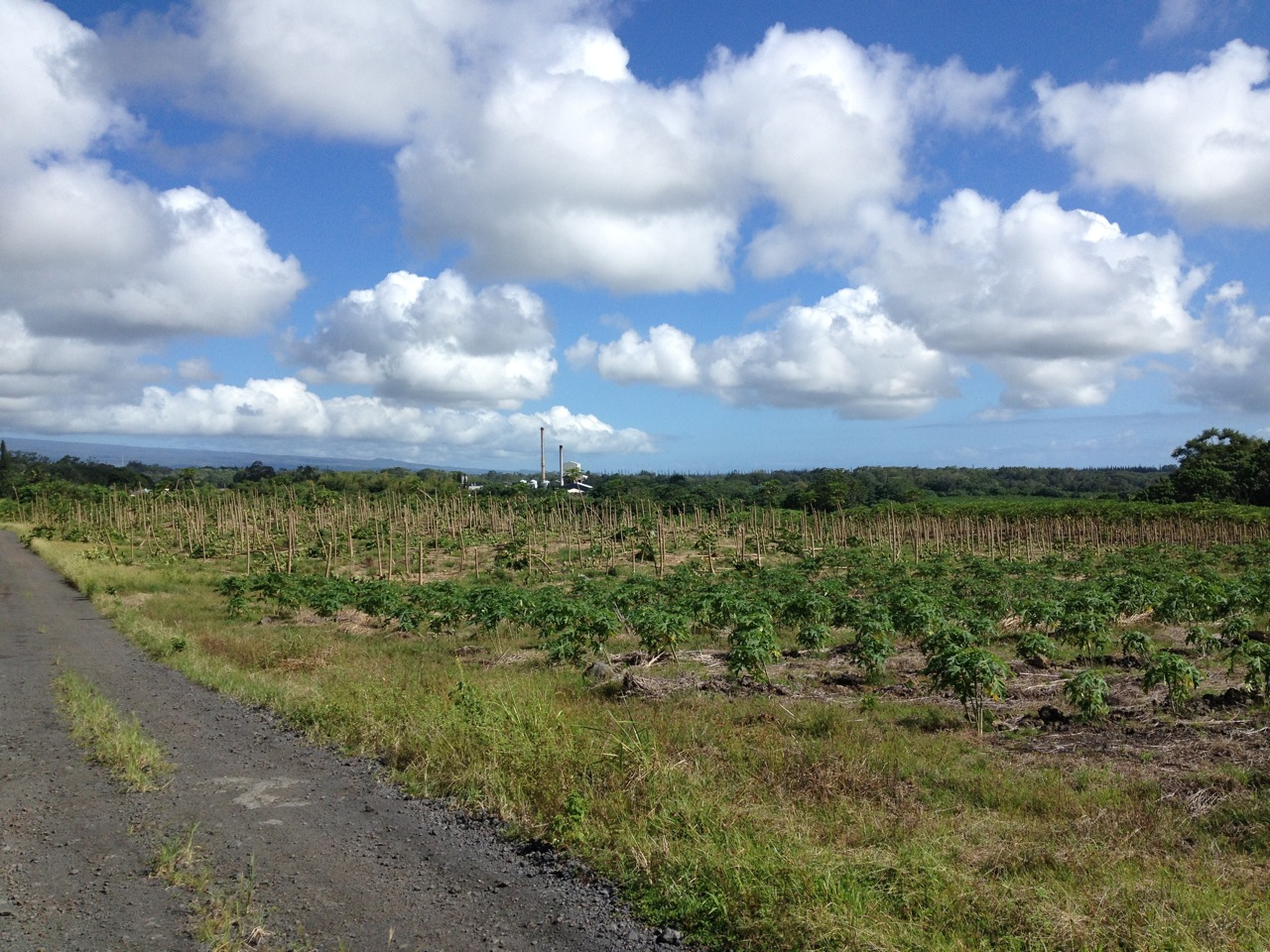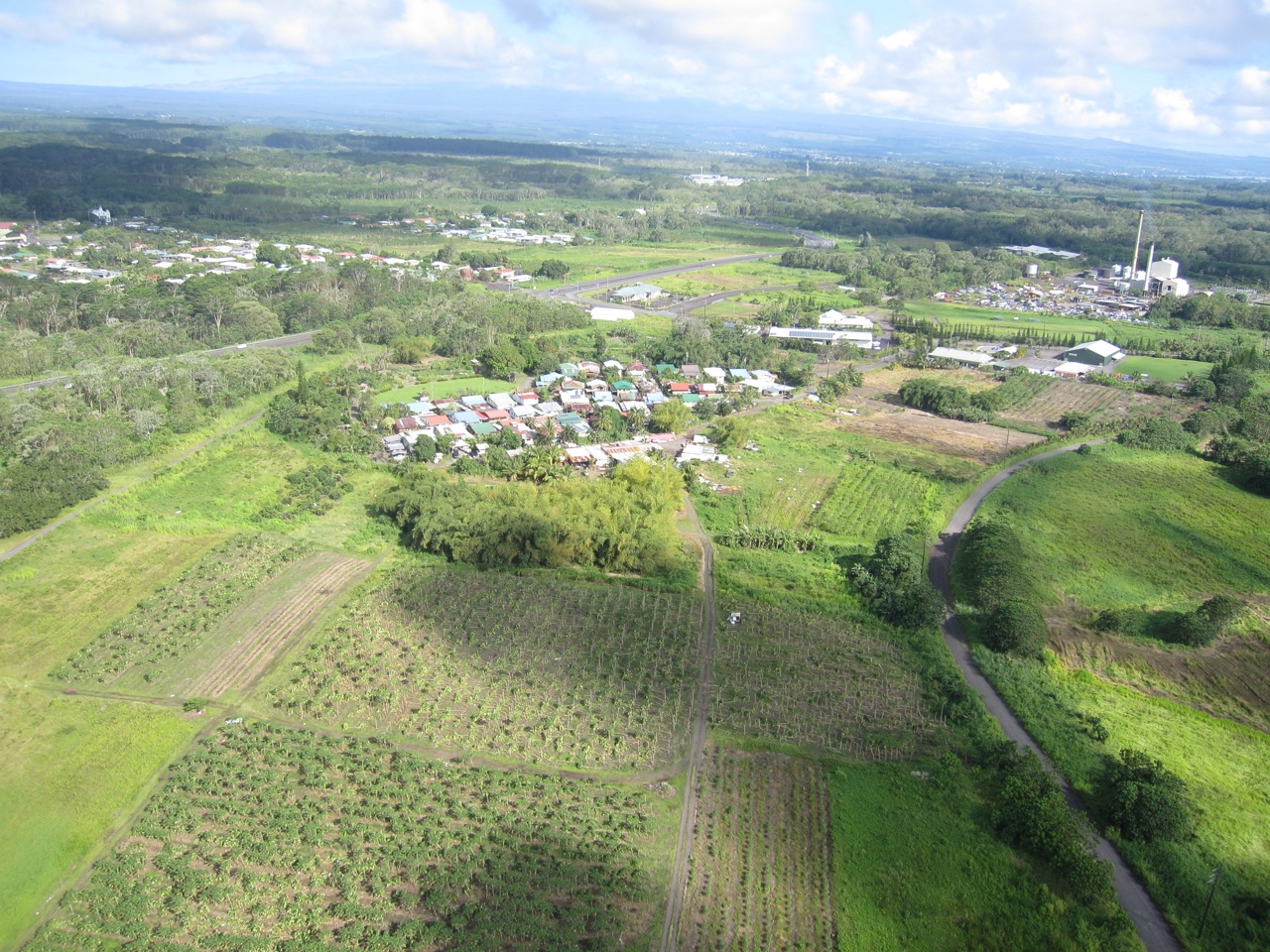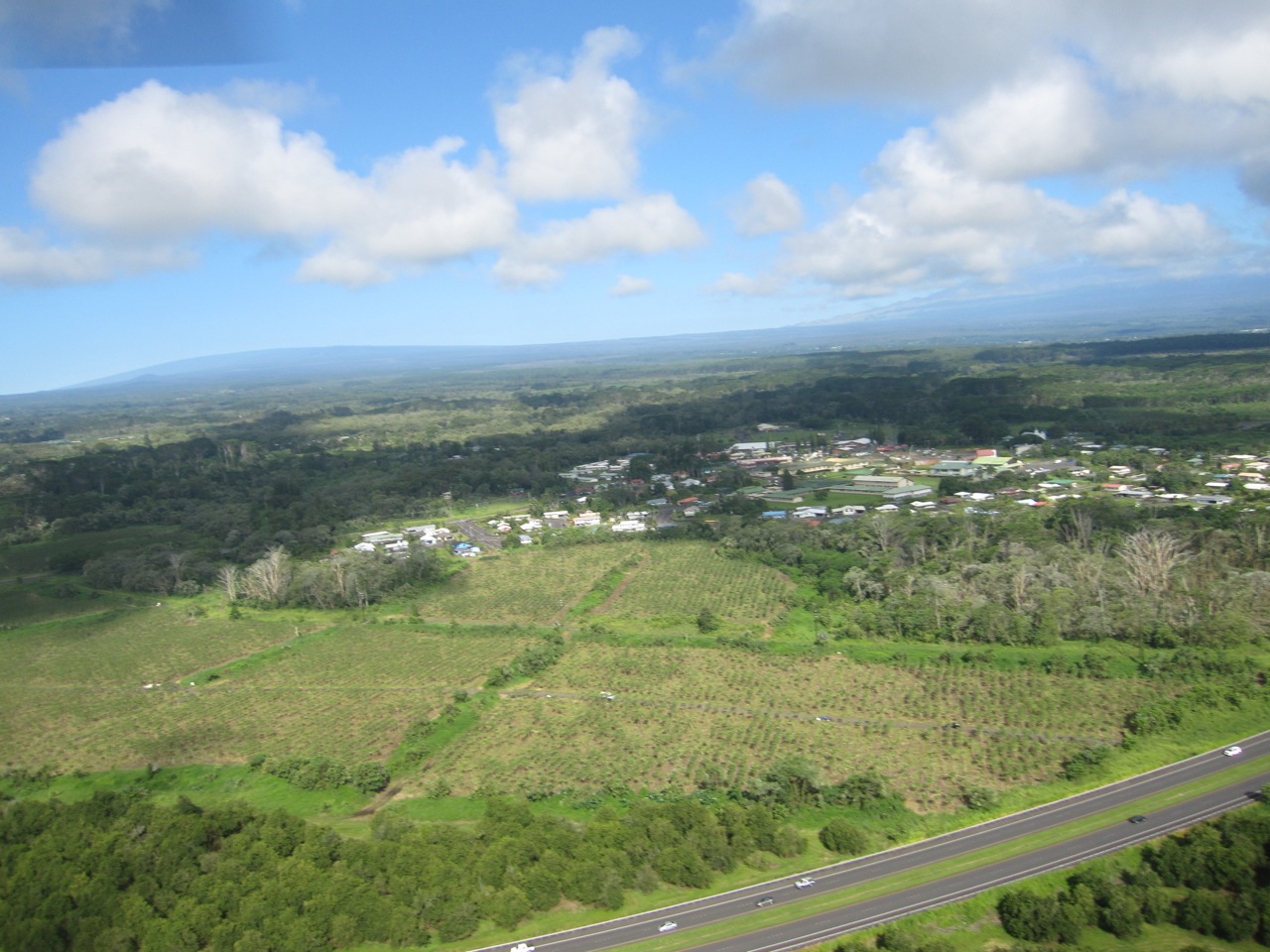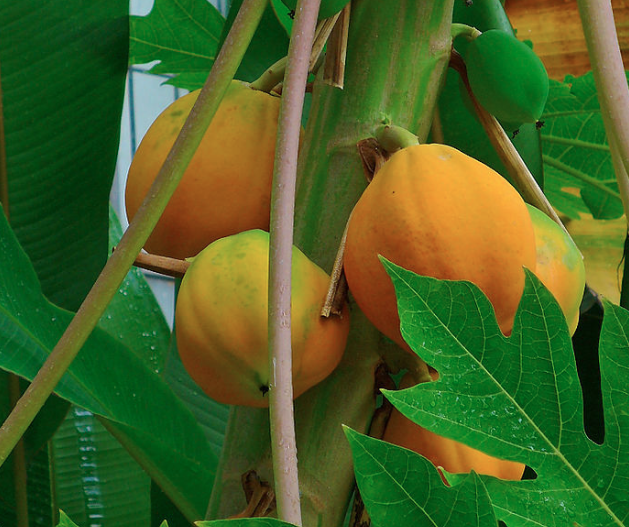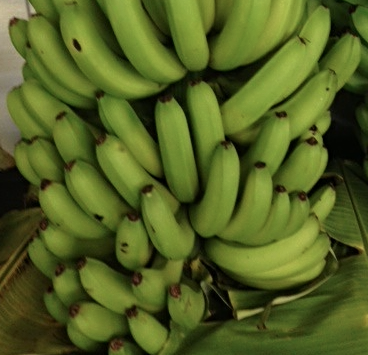Richard Ha writes:
There are a lot of things we can learn from the hurricane we just went through.
People saw what needed to be done on the ground and they just did it. Trees needed to be cut, so they cut them. Neighbors needed food and ice, so people got them food and ice. People saw the situations that were problems and they took care of them.
This is a good analogy for what we farmers want to do now. We have been dragged into a battle, and all we want to do is get back to providing food for people. We’re farmers. We want to grow things and feed people. We don’t want to be involved in lawsuits and philosophical battles.
What’s happened is that the Center for Food Safety, and Earth Justice, which is the Sierra Club’s legal arm, are fighting against farmers. We farmers are asking for clarity on this anti-GMO bill. We’re saying tell us what the rules are so we can go back to farming. But those two are fighting against us, so we can’t do that.
Here’s an analogy. It’s as if after the hurricane they said: Yeah, we see all the albizia trees are down, but we want you to focus on something that’s happening in the Midwest, or in India.
Those aren’t local problems.
Or it’s like they were saying, Yeah, we see all the trees down, but you can’t use chainsaws because they’re dangerous. You’ve got to use axes, because they’re natural.
We’re saying, look, we’ve got to use chainsaws. We’ve got to help people.
It’s really that simple. We farmers are spending too much time on all that other stuff and we really just want to get back to farming.
When the Association of Counties asked me to talk about climate change and how the farmer looks at it, I quoted Neil DeGrasse Tyson. He talks about climate change being the guy and his dog walking down the beach. The man walking straight down the beach is the climate, and the dog running back and forth is the weather.
The climate is the policy kind of stuff, and hopefully the climate people make the right decisions.
We farmers deal with the weather. If there’s a storm, or an insect, we deal with it. We’ve got to concentrate on growing food. Otherwise, we end up trying to make policy, and we’re not scientists. We’re farmers.
We just want to get back to farming.



